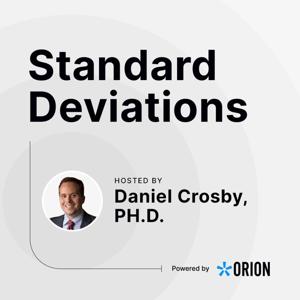Tune in to hear:
- Are various addictive behaviors (e.g. gambling, drug abuse) potentially symptoms of a larger societal issue?
- What percentage of people in standard therapy might benefit from a finance-centric therapeutic approach?
- What are some of the most common, or universal, expressions of financial dysfunction that Dr. Lutter sees in her work?
- Are there some cases where having financially dependent adult children is an appropriate course of action because of cultural or other differences?
- How does Dr. Lutter operationalize happiness?
- The four elements of happiness that Dr. Lutter lays out are heightened in those who work with financial advisors. Do what does she attribute this sizable happiness gap?
- Those who work with financial advisors are shown to have much better communication with their romantic partner or spouse. Why might this be the case?
- High net-worth individuals without financial guidance are less happy than those with financial guidance. Why might this be true?
- What are some of the most counterintuitive or surprising findings Dr. Lutter has encountered over the course of her career?
www.angieherbers.com
https://twitter.com/sonyalutter
Compliance Code: 0482-OAS-3/21/2022




































